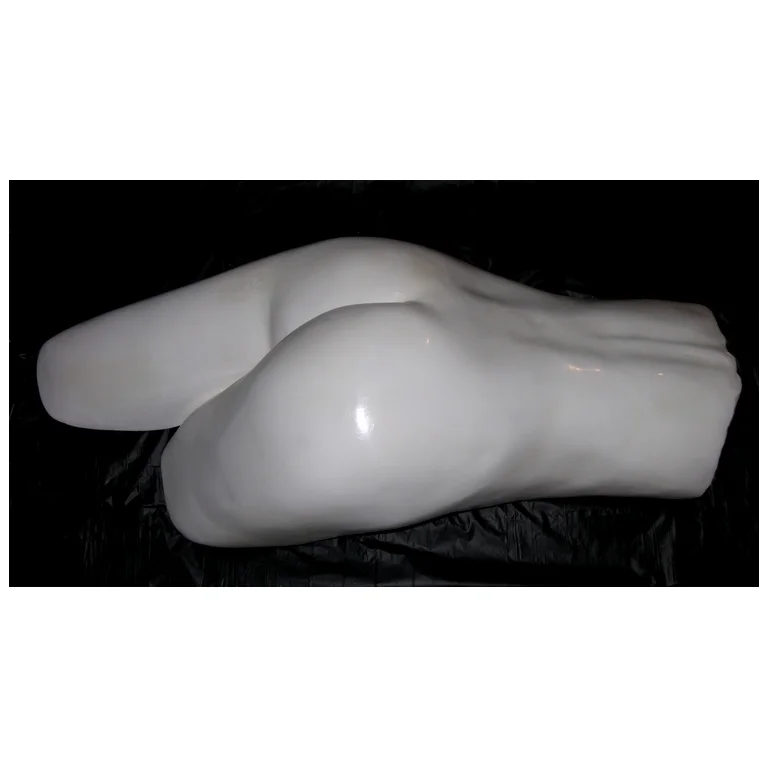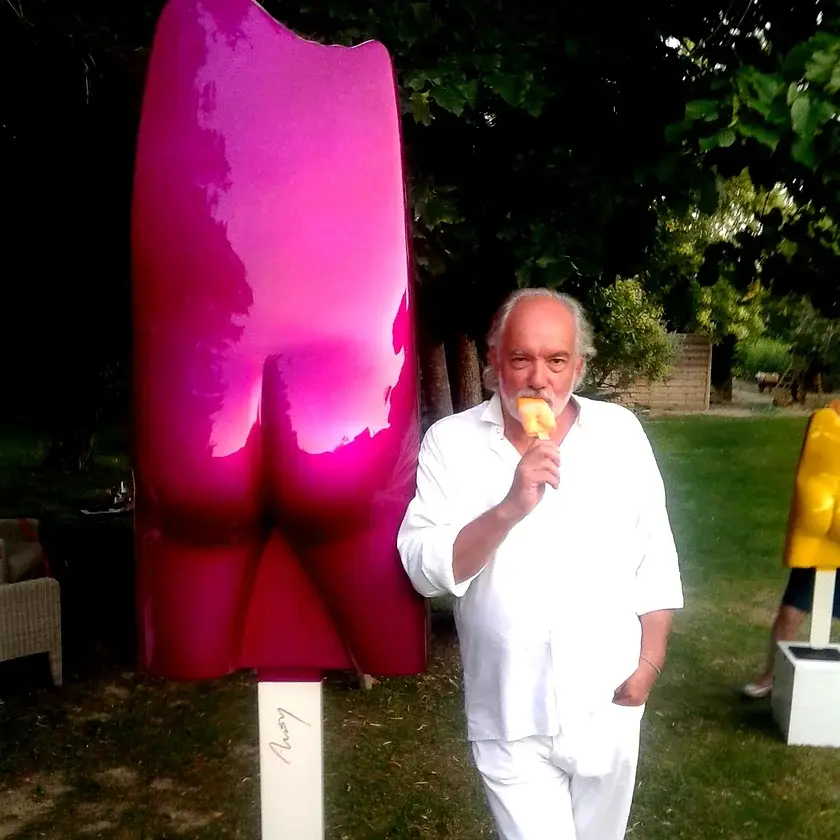Sensuality has always been a central theme in the history of sculpture. An artistic discipline with the unique ability to capture physicality and emotion through form. From antiquity to the present day, artists have explored sensuality in their work. Seeking to represent the human body in all its beauty, fragility and emotional power. Sensual sculpture has endured through the ages, but each era has redefined the concept according to its own cultural codes.
Sensual sculpture through the ages
From the earliest days of sculpture, particularly in ancient Greece, sensuality has been a recurring theme. Greek sculptors such as Phidias and Praxiteles sought to capture the harmony and perfection of the human body, often in the nude. Here, sensuality is linked to the search for the ideal, a symbiosis between physical beauty and divine balance. The nude is glorified by natural postures. They reflect a sensual serenity that emanates from statues of gods, goddesses and heroes. Praxiteles'Aphrodite of Cnidus, for example, is one of the first monumental sculptures. It depicts a naked woman, revealing feminine sensuality in all its splendor, while at the same time inscribing it with a sacred dimension.
During the Renaissance, Michelangelo and Donatello continued this exploration of the naked body. With greater emotional intensity. Michelangelo expresses sensuality through the tension between flesh and soul, between physical voluptuousness and spiritual quest. His David and La Pietà embody this duality, where the sensual beauty of form also serves to express complex human emotions, such as suffering, love and glory.
Nineteenth-century sculpture, with Rodin, marks a turning point in the representation of sensuality. Le Baiser and L'Éternel Printemps push back the boundaries of academic sculpture. By staging bodies in intimate, passionate poses. Capturing not only physical beauty, but also desire and emotional tension. Rodin introduced an erotic, even provocative dimension that defied the conventions of the time and had a profound influence on modern art.
Sensuality in pop sculpture
With the advent of pop art in the 1950s-1960s, sensuality took a new direction. Often seen as a reaction to the elitism of modern art, pop art drew its inspiration from popular culture, advertising and consumerism. Sensuality is reinterpreted through a deliberately superficial, sometimes kitsch, always hard-hitting grid.
Claes Oldenburgknown for his monumental sculptures of everyday objects, takes a roundabout approach to sensuality. By exaggerating or caricaturing forms subtly reminiscent of the human body. For example, his famous sculptures of giant food or everyday objects. He plays on the unexpected sensuality of sculpture. Banal forms are amplified and reinterpreted in a playful, tactile way. The body, in this pop setting, is suggested rather than directly represented. Sensuality persists in the textures, bright colors and exaggerated curves.
Sculptors' influence on sensuality in contemporary art
When it comes to sensuality in the history of contemporary sculpture, a few artists stand out. By their ability to redefine this notion in a variety of sometimes surprising contexts. Arman, a sculptor associated with the Nouveaux Réalistes movement, is one of the artists whose influence has contributed to a new approach to sensuality in sculpture. His works, often composed of accumulated or fragmented objects, explore the tension between materiality and desire. His work is not explicitly sensual. It captures a physical energy that can be seen as a metaphor for contemporary sensuality. A mixture of fascination, consumption and rupture.
John De Andrea takes a more realistic approach to pop sculpture with his hyper-realistic depictions of the human body. Bodies often naked and in intimate positions. These sculptures play on voyeurism and intimacy, capturing human sensuality in a disturbing, even disturbing way.
Arson sculptures: between surrealism and pop art
Arson, a contemporary sculptor whose work oscillates between surrealism and pop art, offers a singular interpretation of sensuality. His sometimes disconcerting sculptures blend everyday elements with abstract forms, creating compositions that are both intriguing and provocative. Arson plays with the codes of sensuality in an ambivalent way, oscillating between desire and distancing, intimacy and coldness.
In his most surrealist works, Arson deconstructs the human body, fragmenting female or male forms to recompose them into ambiguous, sometimes grotesque objects that question the perception of sensuality in a world dominated by objectification. This treatment recalls the work of Salvador Dalí or Hans Bellmer, where sensuality is both attractive and disturbing, revealing the unconscious tensions linked to desire and human psychology.
In works closer to pop art, Arson uses industrial materials and bright colors to play with the notion of consumerism and the body as object. These sculptures echo the pop aesthetic, while adding a critical dimension. Here, sensuality is instrumentalized, transformed into a commodity or simulacrum, reflecting a world where eroticism is often reduced to a surface value.
Conclusion
Sensuality in the history of sculpture through the ages has evolved according to the aesthetic, cultural and moral standards of each era. From the glorification of ideal beauty in Antiquity, to Rodin's erotic provocation, to the playful and critical explorations of pop art, sensuality in sculpture has never ceased to reinvent itself. Sculptors such as Arman and Arson, in particular, have opened up new ways of understanding sensuality. In the context of contemporary art, where the boundaries between desire, object and commodification are blurred. Their work, somewhere between surrealism and pop art, invites us to rethink sensuality as a force that goes far beyond mere eroticism. They assert that sensuality touches on profound questions of materiality, perception and power in the modern world.


